Steven and Layla finally know where Ammit’s tomb is located, but it doesn’t mean finding her ushabti is going to get any easier. Steven falling face first into the pyramid is one sign of that.
As they navigate the inside of the tomb, they realize that it has six different paths going around it. Time is of the essence if they want to find Ammit’s ushabti before Harrow.
This is when Steven, our resident Egyptian buff, realizes that the six paths together may form the Eye of Horus. Err… what exactly is that again?
The Eye of Horus is an ancient Egyptian religious symbol that represents well-being and protection.
Each part of the design represents one of the six senses—smell, sight, thought, hearing, taste, and touch. Since Ammit’s avatar would be her “voice,” Steven deduces her tomb is located in the path representing the tongue/taste.
So first things first—the duo realizes that it isn’t Ammit who is directly buried in her tomb, rather it’s her avatar who is buried with her ushabti. (Yes, that tiny stone figure that Khonshu is currently stuck in as well).
In real-life, the Eye of Horus isn’t conventionally marked on ancient Egyptian tombs to ensure one’s well-being in the afterlife. There might a deeper MCU reason behind this.
Remember Harrow commenting how Ammit’s last avatar betrayed her and let the other gods trap her into a stone seal?
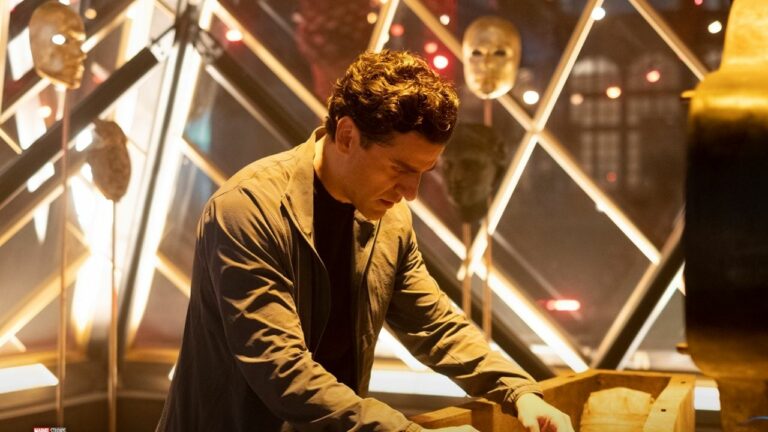
It’s possible that her avatar feared that Ammit would come to get revenge and hence used the protective symbol of the Eye of Horus to protect himself.
Since the symbol also acts like a maze, it may stop those who are not knowledgeable in the field from stealing the ushabti from the avatar’s tomb.
On the flip side, this symbol could very well be to protect Ammit herself, not her avatar. We soon find out that there’s another creature employed in her service to do the same.
The path representing the tongue takes Layla and Steven into a chamber with entombed Heka priests and a freshly bloodied stone altar.
As they soon find out, one of the undead Heka priests is out here still killing humans as offerings—the latest body being a person belonging to Harrow’s cult.

Layla’s chase and fight with the Heka priest sure scared the daylights out of me, but it didn’t answer what exactly it was doing with the sacrifice.
Was this yet another way to keep protecting Ammit? Was it a step needed in resurrecting her? Does the Heka priest not harm Harrow because he’s Ammit’s avatar?
While we don’t get answers to these questions, we do get one super big reveal—Ammit’s last avatar was none other than Alexander the Great. (Guess we now know what helped give him that prefix!)
Voila! In yet another cheeky bit about the avatar being Ammit’s voice, Steven finds the ushabti in Mr. Great’s throat. This discovery solves one problem but opens up a whole tomb of others.
About Moon Knight
Moon Knight is an American superhero television series created for Disney+ based on the Marvel Comics character of the same name. The 6-episode series is directed by Mohamed Diab and the team of Justin Benson & Aaron Moorhead. Jeremy Slater is the head writer for the sixth MCU Show.
The series follows Steven Grant, a mild-mannered gift-shop employee, who becomes plagued with blackouts and memories of another life. Steven discovers he has dissociative identity disorder and shares a body with mercenary Marc Spector. As Steven/Marc’s enemies converge upon them, they must navigate their complex identities while thrust into a deadly mystery among the powerful gods of Egypt.
Oscar Isaac, May Calamawy, and Ethan Hawke star in the Disney+ series.
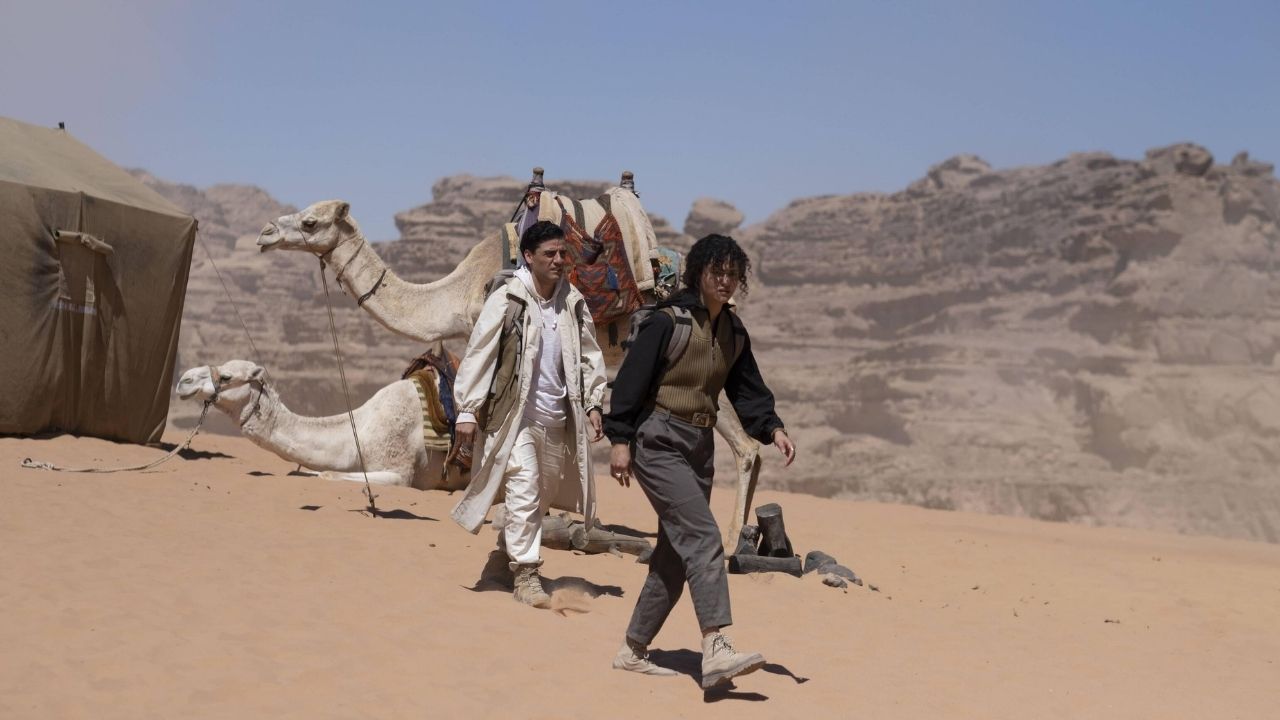
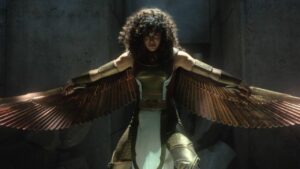
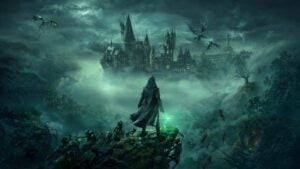
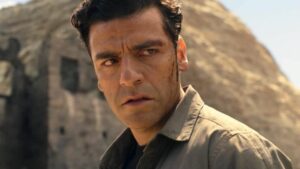
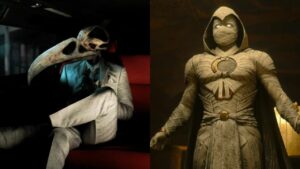

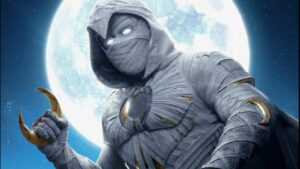

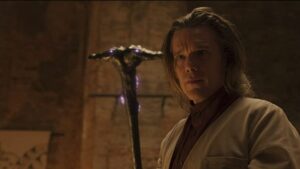
No Comments on Moon Knight Ep 4: Eye of Horus Maze Explained